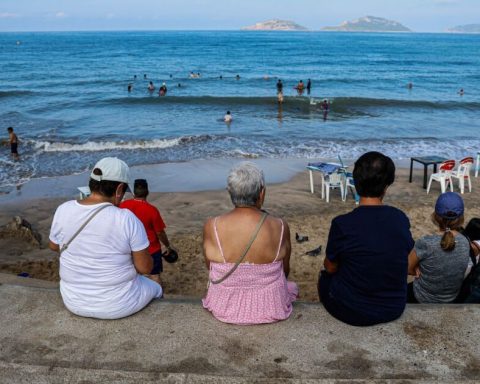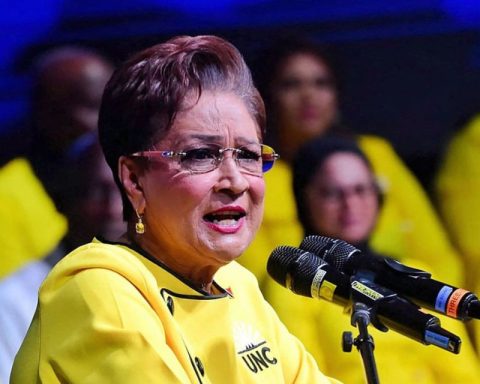Through resolution 2809 of December 30, the average Capitation Payment Unit (UPC) for 2023 will rise 16.23%, and will remain at $1,289,246 for the contributory regime and $1,121,396 for the subsidized regime.
This value for the subsidized regime represents an increase of four percentage points compared to that proposed in the first draft of the resolution.
Carmen Eugenia Dávila, executive director of Gestarsalud, considers the news as a positive event and highlights the management of the Minister of Health, Carolina Corcho, by technically reviewing the issue and transferring the advisory commission on insurance benefits, rates and operating conditions in health the concerns expressed after the first draft.
“Although the decision is a very good sign, we must continue working to achieve the financial viability of the system,” Davila says.
(Is it possible to eliminate the EPS in Colombia? The scenarios that exist).
In any case, Dávila states that the UPC of the subsidized regime continues to be several percentage points below that of the contributory systemwhich reflects that there is still a long way to go to achieve the goal of equalizing pure premiums, as established in the Health Statutory Law (Law 1751 of 2015) and ruling C-313 of 2015 of the Constitutional Court.
In the same way, it is important to remember that the Chamber for Monitoring Ruling T-760 of 2008 of the Constitutional Court, following the guidelines given in Auto 411 of 2016, ordered to equip the pure premium of the subsidized regime with that of the contributory one at 95 percent. hundred.
The historical behavior of the UPC of the subsidized regime in comparison with the contributory one shows that in the years 2019, 2020 and 2021 the equivalence of 95 percent was achieved, while for the year 2022 there was again a decrease in this percentage and for 2023, despite the significant increase announced, it will be located at 88.91 percent.
To this we must add that, according to the resolution, the resources allocated for the development of promotion and prevention activities did not increase compared to 2022 and this item is only recognized for affiliates of the contributory regime, therefore, the equalization of this component is still pending to meet the broad needs for disease prevention in the insured population in the subsidized regime.
On the other hand, concerns persist regarding the issued administrative act.
“We hope that there is an opportunity to continue reviewing because some critical issues that we observed were not clarified and subsequent pronouncements will be necessary. However, we again recognize the spirit of this decision.”concludes Dávila.
BRIEFCASE

















